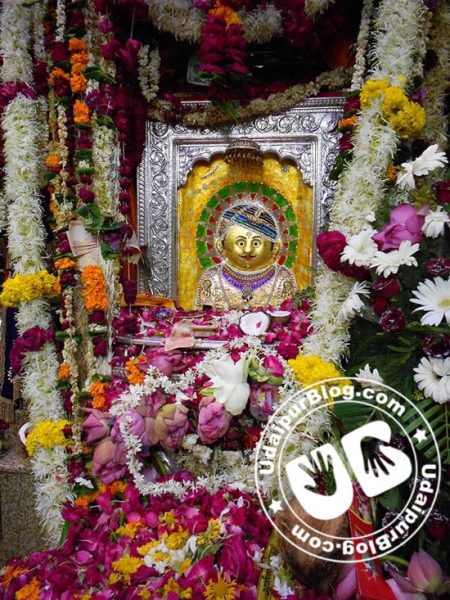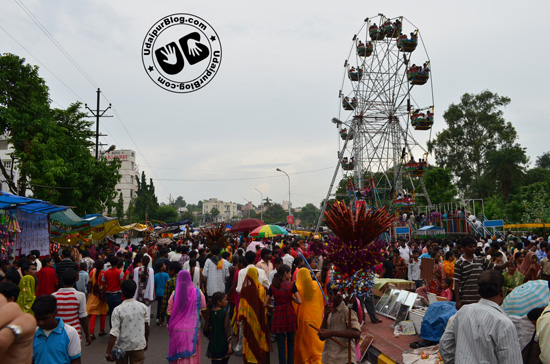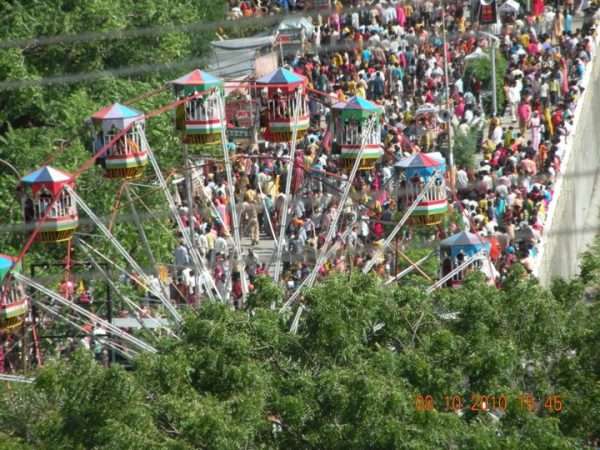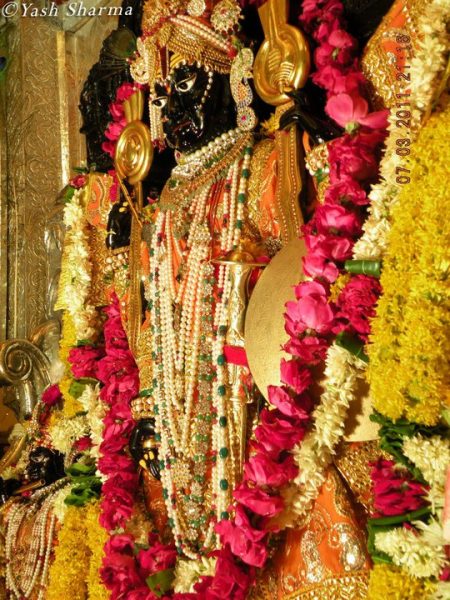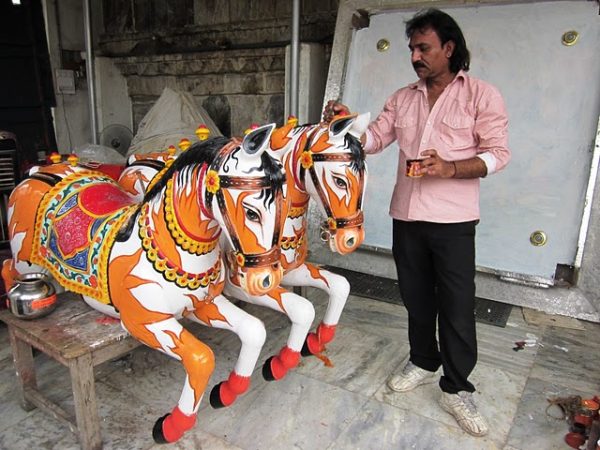Posted inFestivals
Udaipur Celebrated the birthday of Sagas Ji Bavji
Today Udaipur Celebrated the birthday of ‘Sagasji Bavji’ at Sarvaritu Vilas. A huge crowd consisting of approximately 2000 devotees were in present in the queue, just waiting for their chance…
